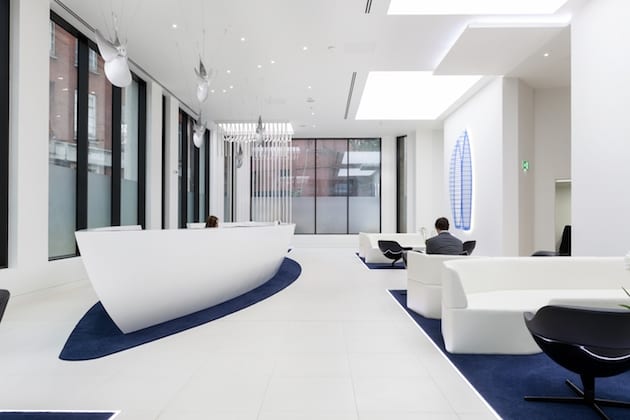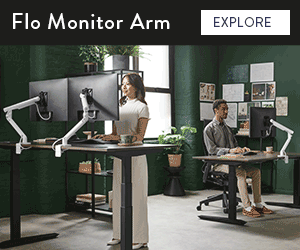 |||
|||
The average office today is a melting-pot of the ages. For the first time in history, we simultaneously have four generations all in the workplace: Baby Boomers, Generation X, Millennials and now the newest kids on the block, Gen Z. Naturally – and unsurprisingly – each is armed with their own unique set of needs, expectations and working-habits.
Despite the fact that over 30 percent of the British workforce are over 50, there’s more talk about millennials in the workplace than anyone else. Far from uniting the ages, firms are at risk of creating of a ‘forgotten generation’ of older workers.
A failure to provide for a multi-generational workplace undermines the limitless potential that diversity can bring. According to McKinsey, diverse and inclusive workforces are 35 percent more likely to out-perform those that are not – but only if employees feel nurtured and happy. It is integral therefore that all generations in the workplace are appreciated and accommodated, and their needs are met – no matter what their age.
The office should be an inclusive space, and its designs should reflect this. To ensure multi-generational diversity is accounted for, firms will need to appreciate that one size does not fit all. Workspaces need to be flexible and accommodating to support the reality that different generations of workers have been brought up with different habits, preferences and styles. A common misassumption for example, is that open-plan, communal workspaces work for every generation. In fact, studies have shown that up to 70 percent of employees, often older or more senior members, actually prefer private and quieter space to carry out work that requires a high degree of concentration or is commercially sensitive.

Offering a range of environments within the office, for example sound-proof pods, quiet and private office space alongside more collaborative communal areas will help to satisfy the working styles across the generations, allowing all employees to prosper in an environment that suits them.
Fostering a true sense of community amongst employees is also a crucial part of accommodating and nurturing a multi-generational workforce, which in turn will create a positive environment where meaningful relationships amongst people of all ages and stages in their life can flourish. Whilst social events such as after work drinks, dinners and weekends away are a good starting point for social cohesion, they can Unintentionally discriminate in a variety of ways across the generations – by ceasing to cater, for instance, for the differing schedules, travel arrangements or lifestyles of every worker in the office, especially those with young children. For some, this means missing out.
Firms need to be more creative in how they encourage social interaction across the generations in the workplace. Introducing regular, non-age specific opportunities for social interaction, such as bake sales, quizzes and sporting competitions can go a long way to fostering a sense of community. In addition, modifying the office layout – for example through creating ‘collision points’ such as centralising the printer, dining spaces, coffee machine and water fountain, can foster more spontaneous inter-generational social interactions.
It is certain that investing in the office and its workers is important. Findings published by British Council for Offices (BCO) and Ipsos Mori ‘s report ‘Millennial: myths and realities’ found that the majority of all workers value a good, well-designed workspace with clear investment in high-spec facilities to enable productivity such as good Wi-Fi, uplifting lighting and the successful integration of technology. There are some things which all generations can agree on.
The managing director of Office Space in Town provides a model for averting a forgotten generation
























